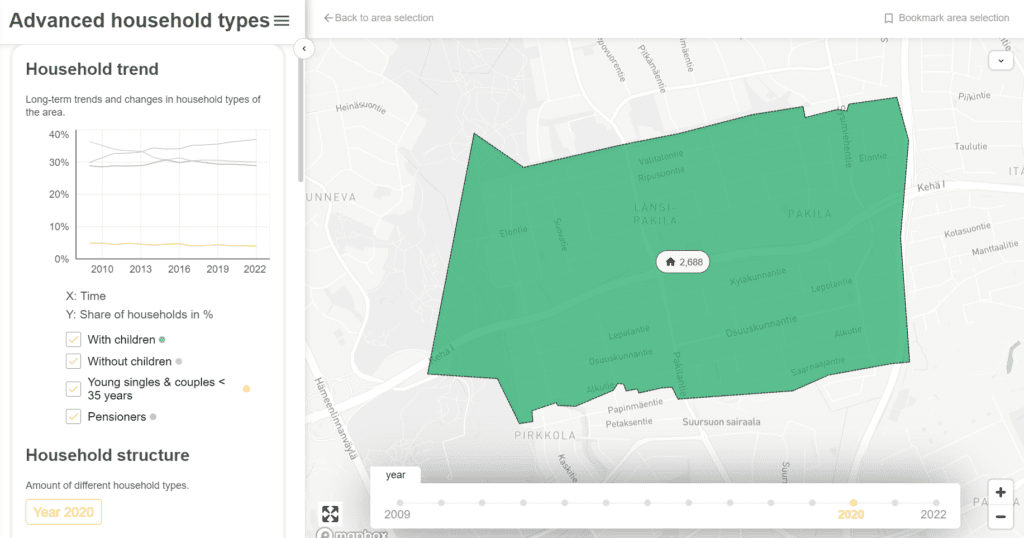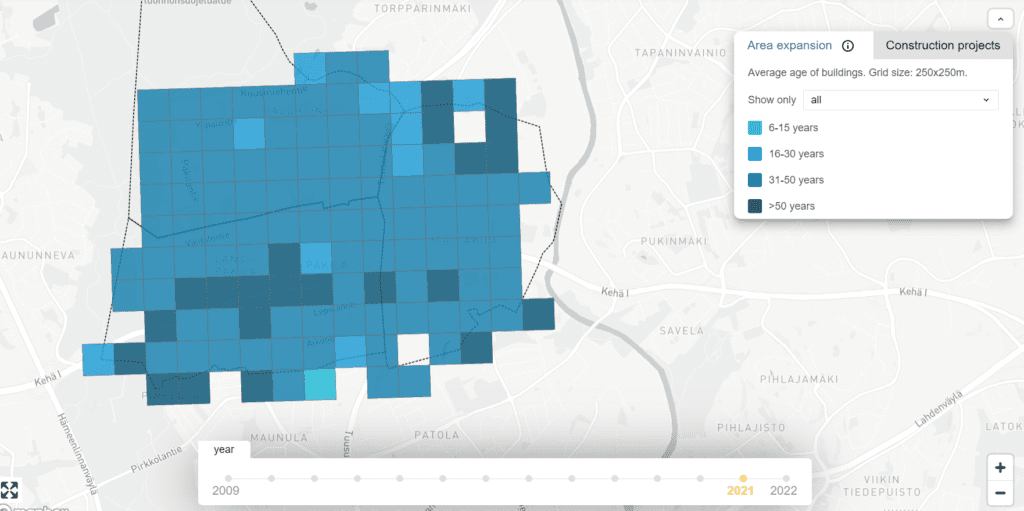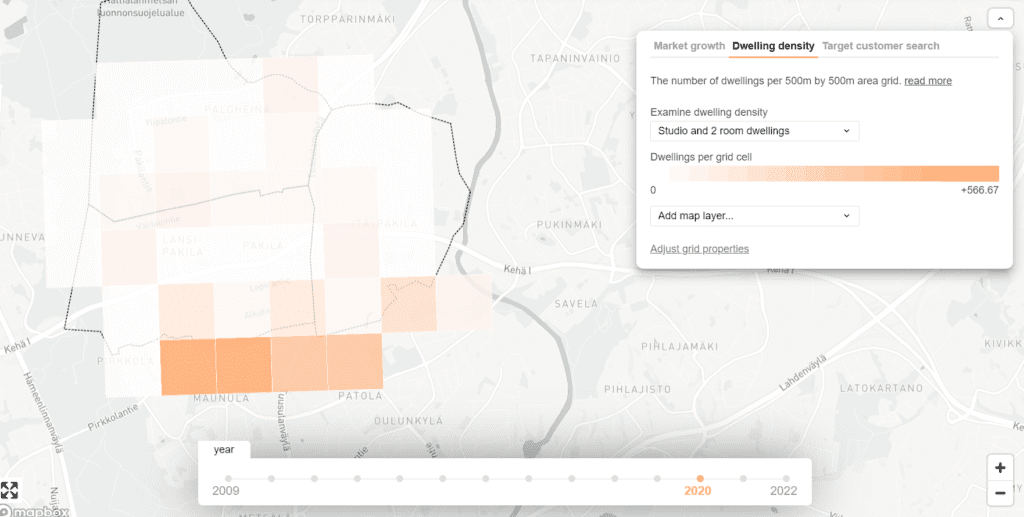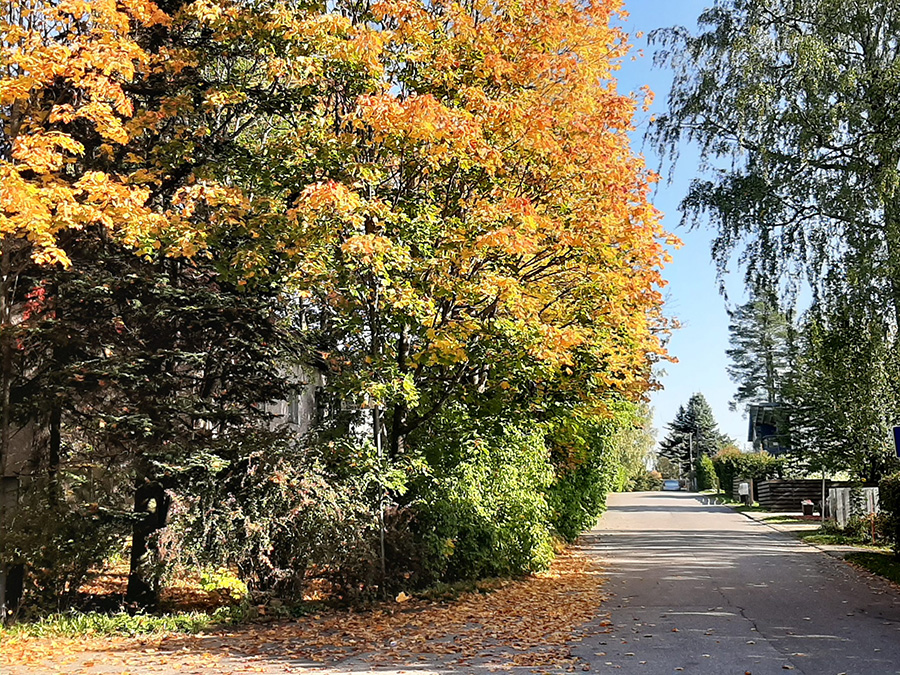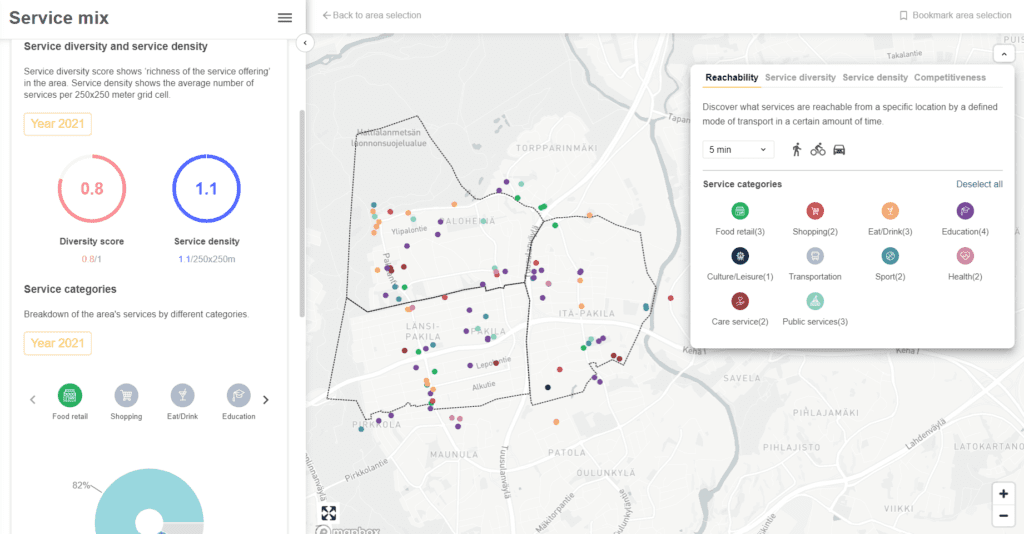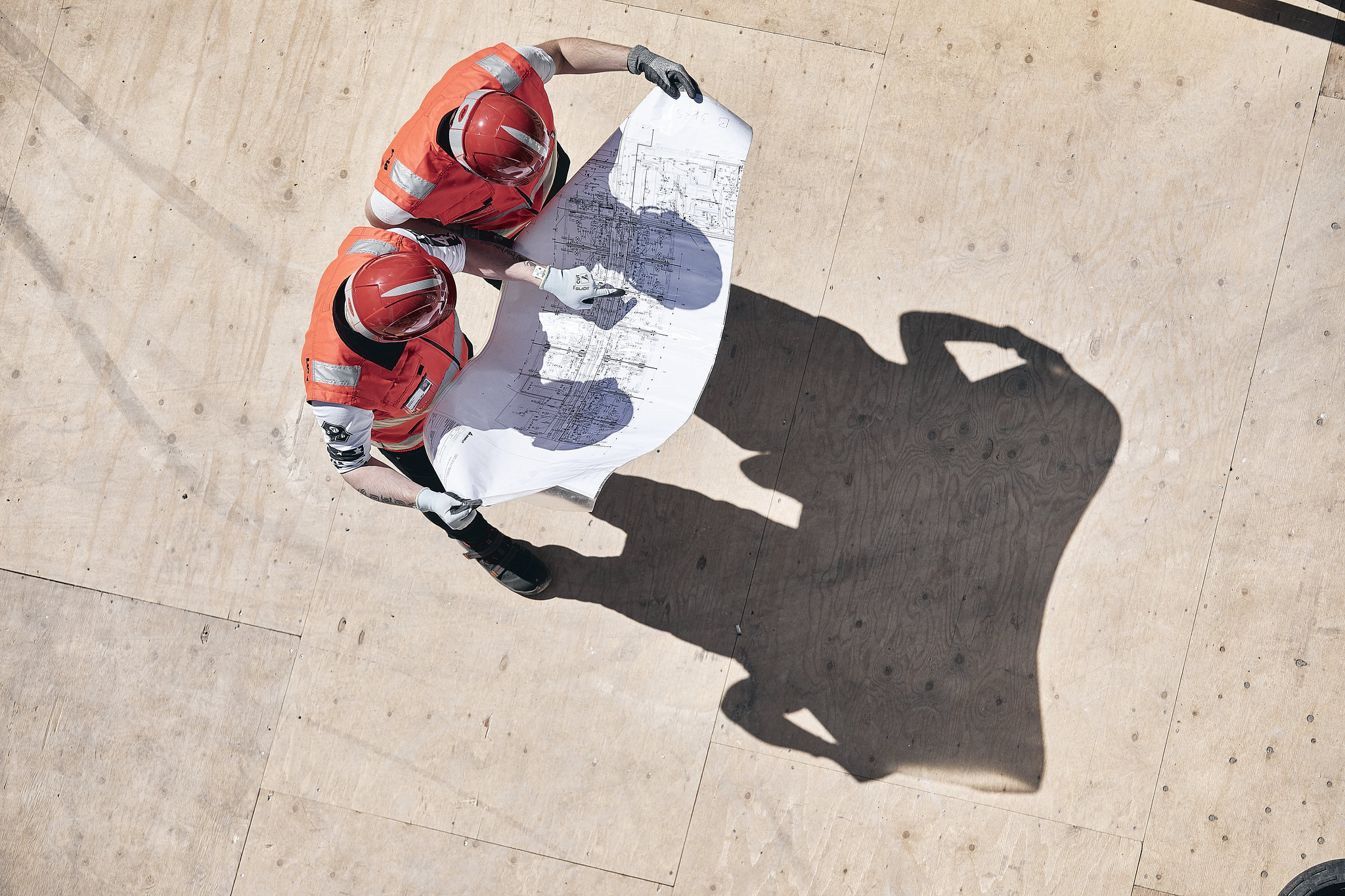

Lujatalo’s property and urban development is guided by information-based decision making
Finding potential project sites is a key part of Lujatalo’s profitable business decisions. Now Lujatalo is supported in this by CHAOS, a solution offering location information data and urban forecasts. CHAOS has been implemented in nationwide use at Lujatalo.

